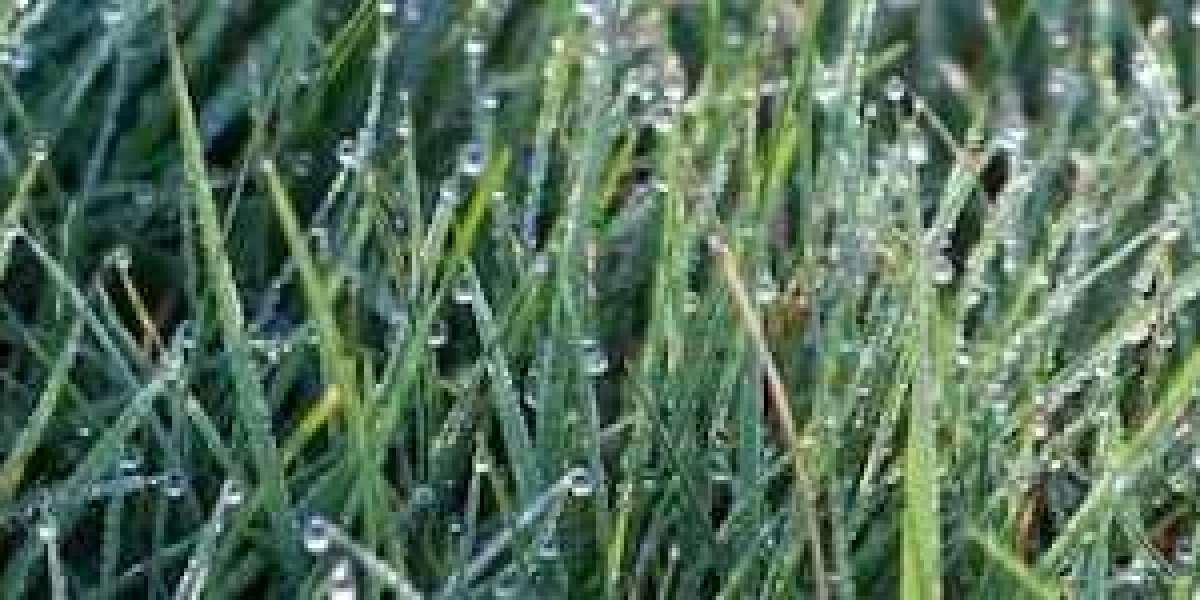1. Introduction
Oceanodroma leucorhoa, often known as Leach's Storm-Petrel, is a small seabird that is a member of the Hydrobatidae family. These birds are renowned for their elegant flying styles and their propensity for effortlessly gliding across vast expanses of ocean. Leach's Storm-Petrels are nocturnal birds that are frequently observed soaring over the ocean at dusk, which is one of their distinctive features.
Contributing to conservation efforts and comprehending the general health of Leach's Storm-Petrel populations requires an awareness of the fledging age and prefledging mass loss in chick development. When a baby bird leaves its nest and can fly for extended periods of time, it is said to have reached its 'fledging age,' which is a significant turning point in its life cycle. The weight loss that occurs in chicks prior to their fledge, known as prefledging mass loss, can be a sign of their general health and condition.
By examining various facets of chick development, scientists can better understand the variables that affect population dynamics and breeding success, which in turn helps scientists build conservation plans that will save these amazing seabirds.
2. Life Cycle of Leach's Storm-Petrel
Oceanodroma leucorhoa, the Leach's Storm-Petrel, is a seabird distinguished by its unusual breeding practices. Typically, these storm-petrels build their nests in rocky crevices or burrows on isolated cliffs or islands in the North Atlantic and North Pacific. Their selection of nesting sites ensures their offspring's survival by shielding them from predators and inclement weather.
Leach's Storm-Petrel chicks typically fledge at 50 days of age. As adolescents move from being dependent on their parents to becoming independent, this time in their lives is crucial. Timing is everything when it comes to a chick's survival and ability to successfully reproduce in the wild later on.
The Leach's Storm-Petrel chick's growth and development are influenced by a number of variables. The environment, food availability, and parental care all have a big impact on the health and growth rates of chicks. Building strength and getting ready for their maiden flight into the open ocean require proper nutrition during the early stages of life.
Gaining insight into various facets of the Leach's Storm-Petrel life cycle helps us better understand the complex natural equilibrium that controls the growth and survival of these amazing seabirds in their harsh maritime habitat.
3. Chick Development in Leach's Storm-Petrel
From hatching until fledging, the Leach's Storm-Petrel chick passes through numerous critical stages of development. Upon hatching, the parents first raise the chicks and feed them food that they have regurgitated. Their downy feathers progressively give way to waterproof plumage as they get bigger. In order to be ready to fly, they also start to become more active and use their wings.
Observations of the chicks' behavior during these phases of development provide fascinating new perspectives on their growth. As they get older, chicks show signs of growing independence and curiosity. Along with socializing with adults and other chicks, they practice and observe, developing their foraging skills.
The way parents feed their offspring is a major factor in their development. The chick's pace of development and general health are directly impacted by the quantity and quality of food its parents provide. Enough food supplied by watchful parents is necessary to guarantee healthy development and a successful fledging of Leach's Storm-Petrel chicks.
4. Prefledging Mass Loss in Leach's Storm-Petrel Chicks
Foreshadowing Leach's Storm's massive defeatAn essential part of a falcon's growth prior to fledging is caring for its babies. This occurrence happens when the chick gradually loses weight in preparation for its maiden flight. The primary cause of prefledging mass loss is the requirement to reach a body mass that permits flight. The chick experiences a period of rapid growth and feather development that uses a lot of energy and accounts for the mass loss that is seen.
In an effort to better understand this process, a number of research have looked into the mass loss trends in Leach's Storm-Petrel chicks. Studies have indicated that when chicks get closer to fledging age, their body mass consistently decreases. This trend points to an adaptation process in which the chicks put attaining ideal flying condition ahead of holding on to a larger body mass. This tendency of mass loss is largely driven by factors including increasing activity levels, less frequent feedings from parents, and metabolic changes.
Prefledging mass loss has significant effects on the survival and health of chicks. A chick's loss of weight prior to fledging may seem alarming, yet it is a necessary step for their long-term survival and fitness. Chicks can become more aerodynamic and more maneuverable by losing excess body mass, which increases their chances of successfully fleging and surviving in the harsh sea environment. Consequently, prefledging mass loss is an adaptive tactic that gives Leach's Storm-Petrel chicks the abilities they need to survive on their own at sea.
5. Control Strategies for Fledging Age in Leach's Storm-Petrel
The management of fledging age in Leach's Storm-Petrels is being studied using a variety of research methodologies, such as tracking individual mass loss during the prefledging period, observing chick growth, and examining environmental factors that affect fledging age. Researchers can determine how fledging age is regulated by closely monitoring nest locations to evaluate chick development rates, behavior patterns, and parental feeding frequencies.
controlling the fledging age of Leach's Storm-Petrels has important conservation implications for managing the population. By ensuring that the chicks are prepared for an independent life at sea, controlling the time of fledging may assist increase the rates of chick survival. By synchronizing ecology, this management may also have an effect on overall population dynamics and breeding success.chick ready in.net with ideal foraging conditions in the surroundings.
Future studies on the biology of fledging control mechanisms in Leach's Storm-Petrels should be the main focus of efforts to comprehend and manage fledging age. We may be able to better understand how fledging age is influenced by investigating the interplay between extrinsic factors like food availability and intrinsic aspects like hormone regulation. The long-term implications of delayed fledging on population stability and individual fitness should be investigated in order to develop successful conservation plans for this species of seabird.













